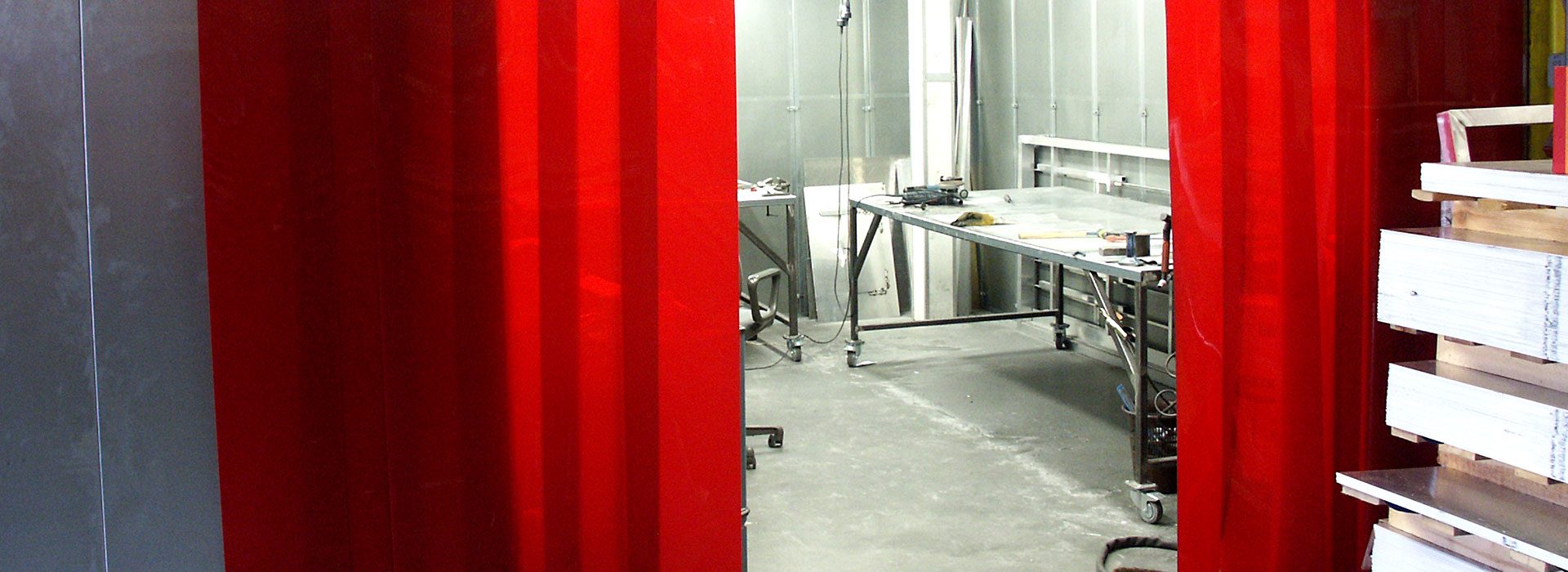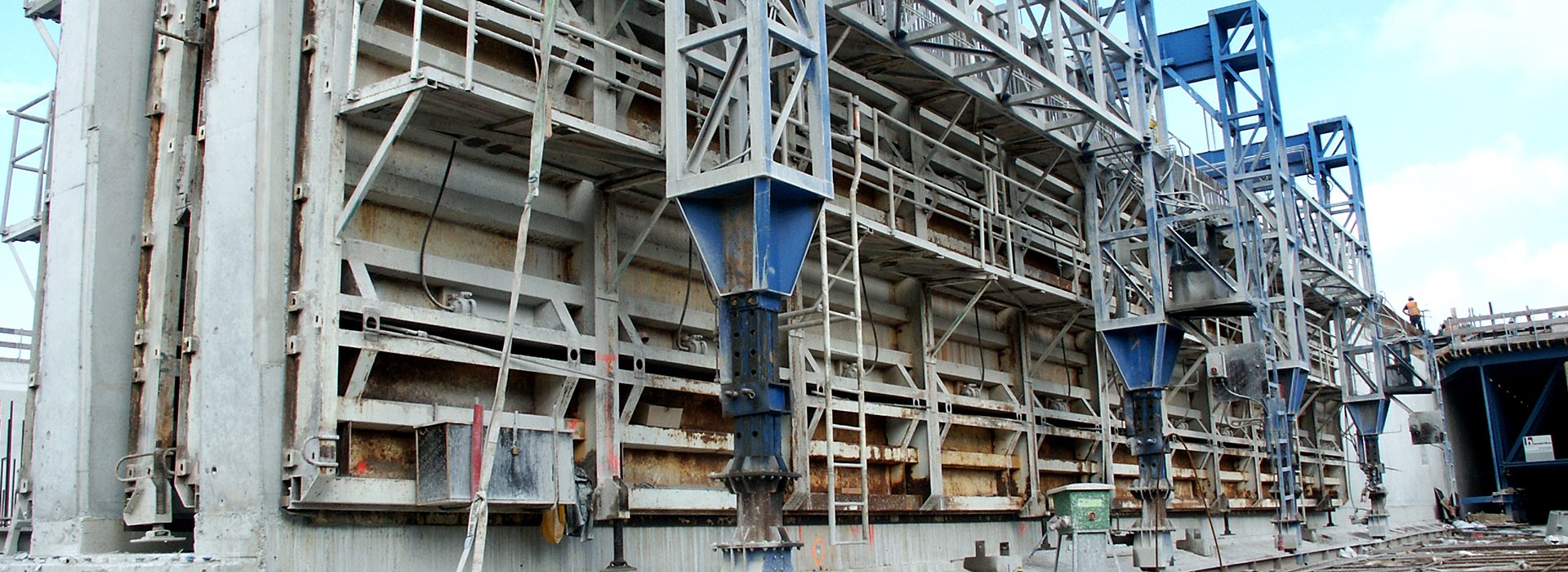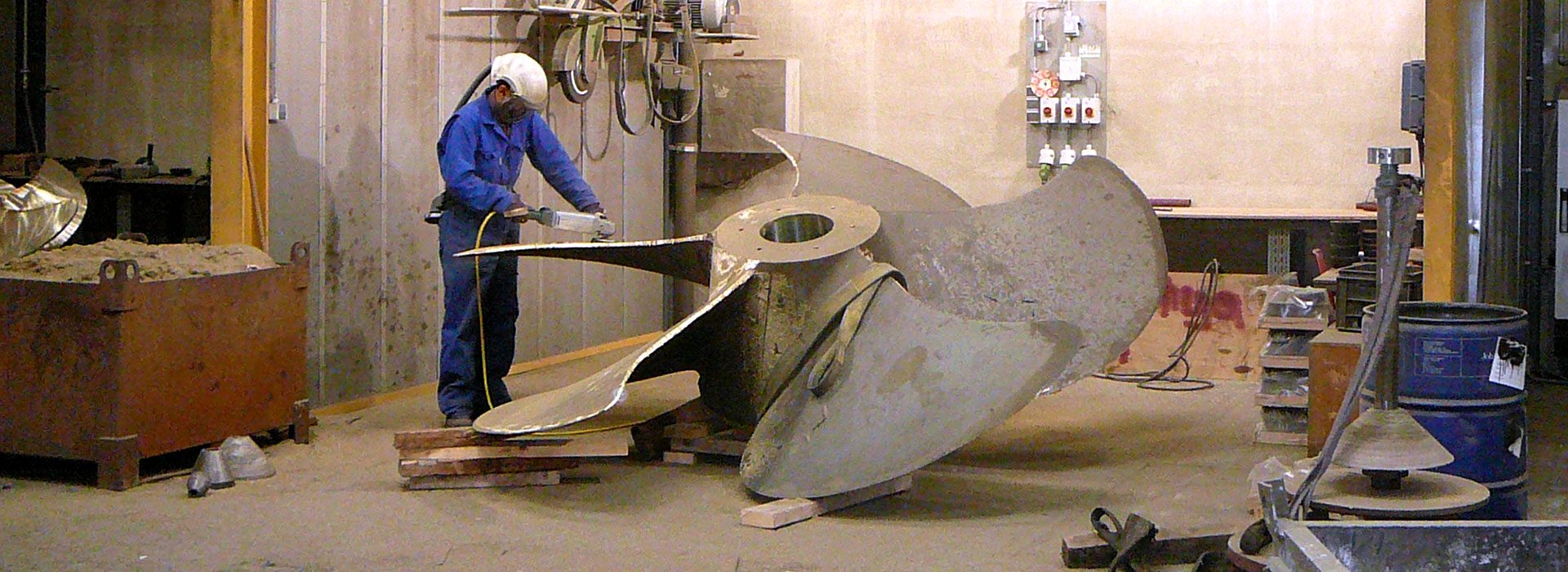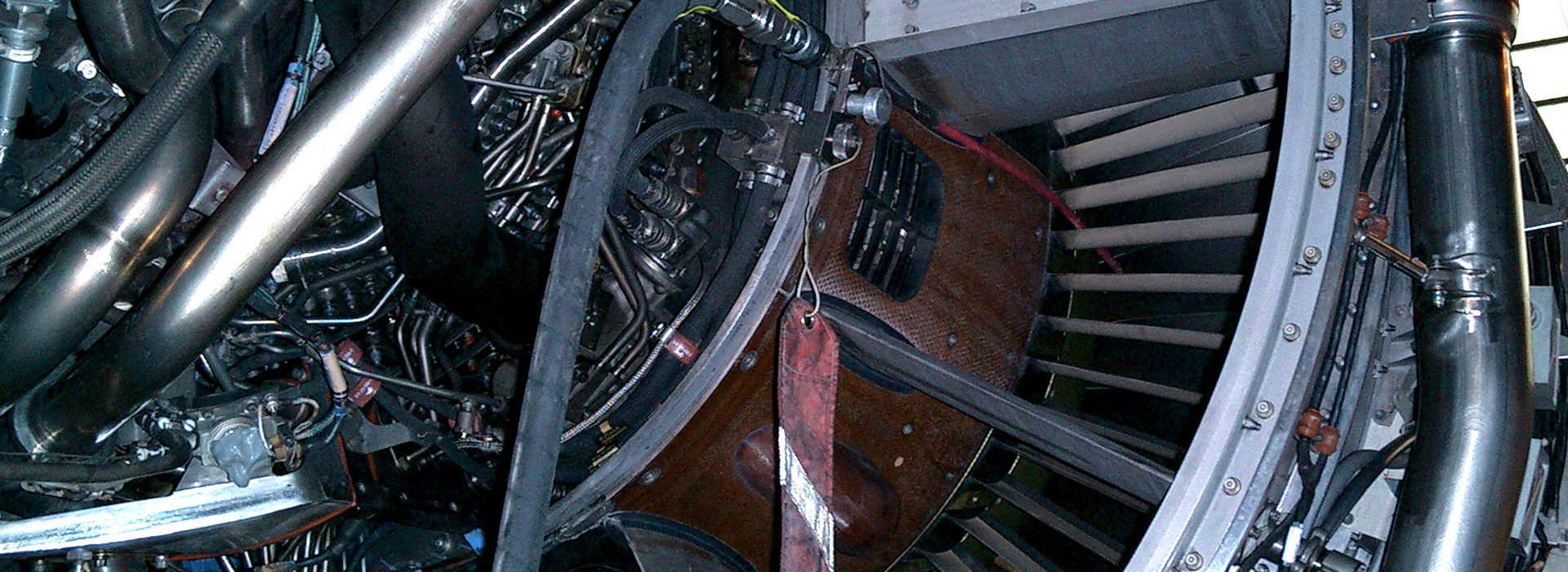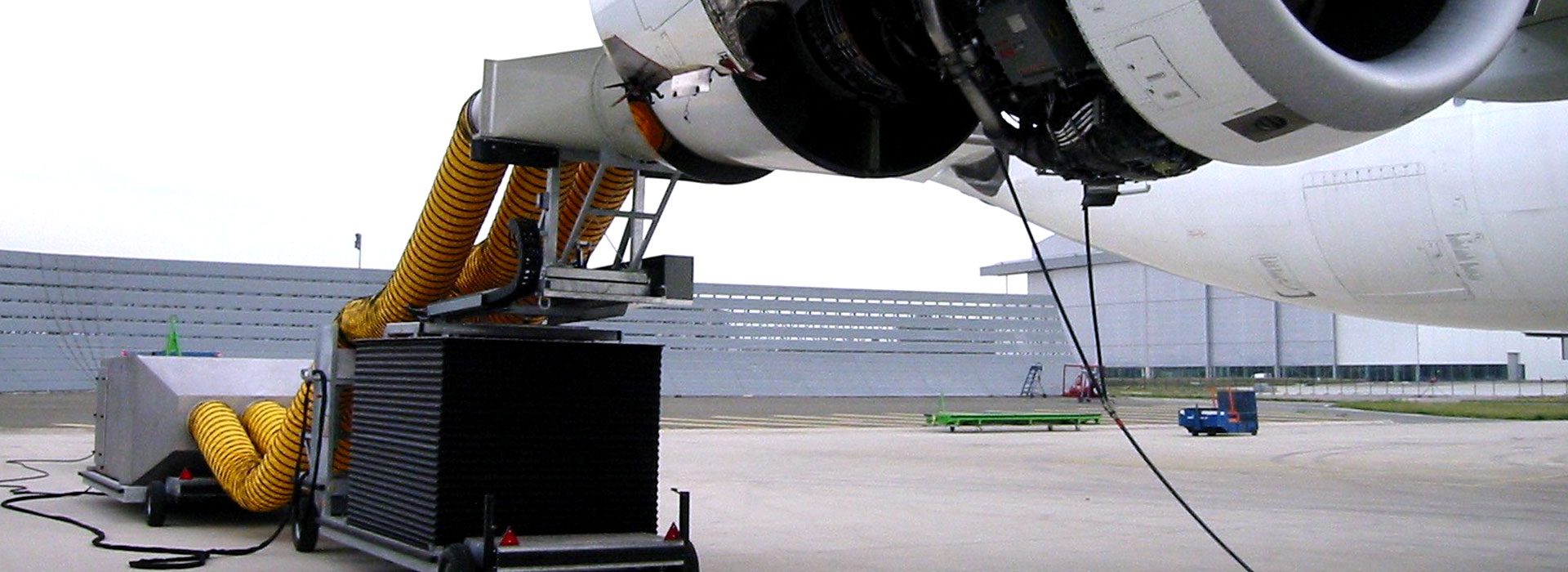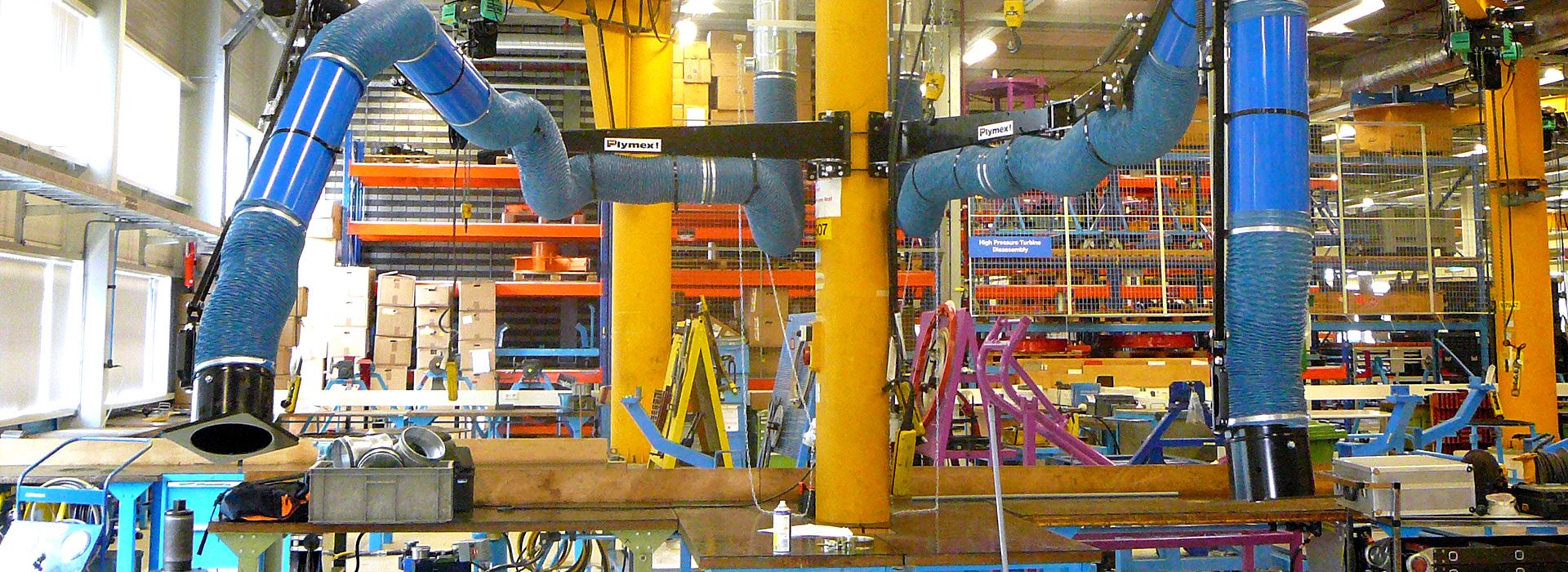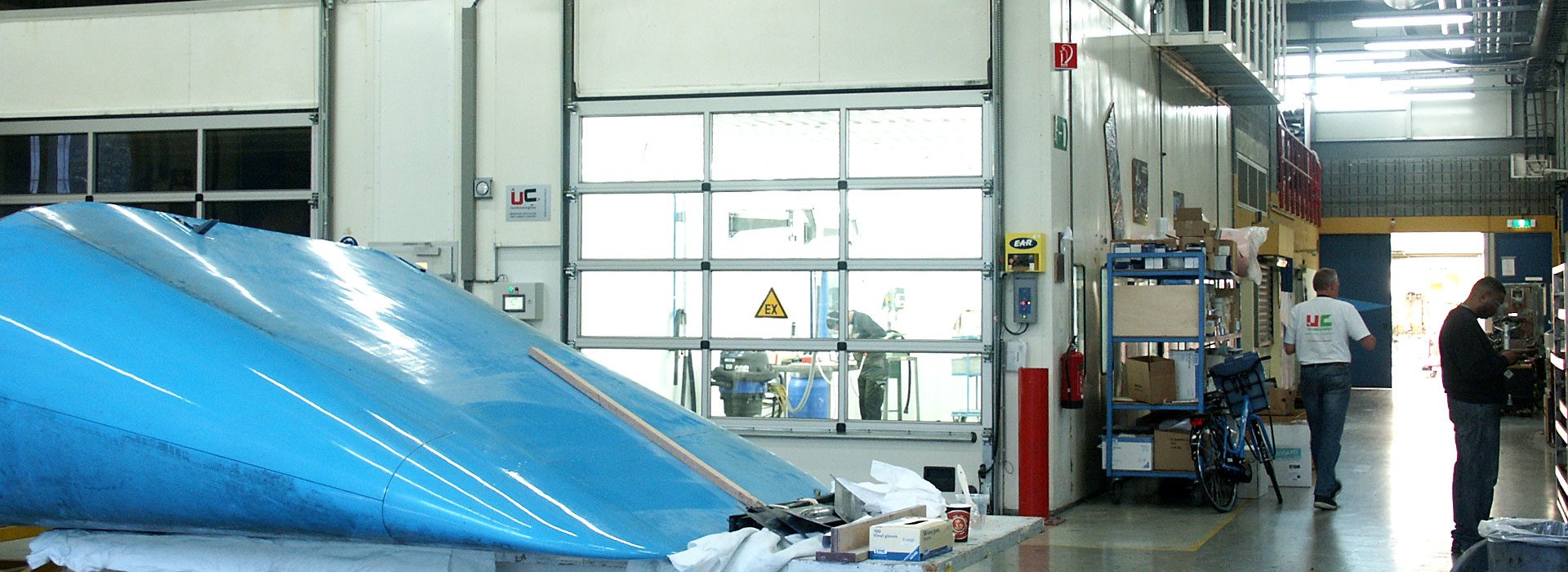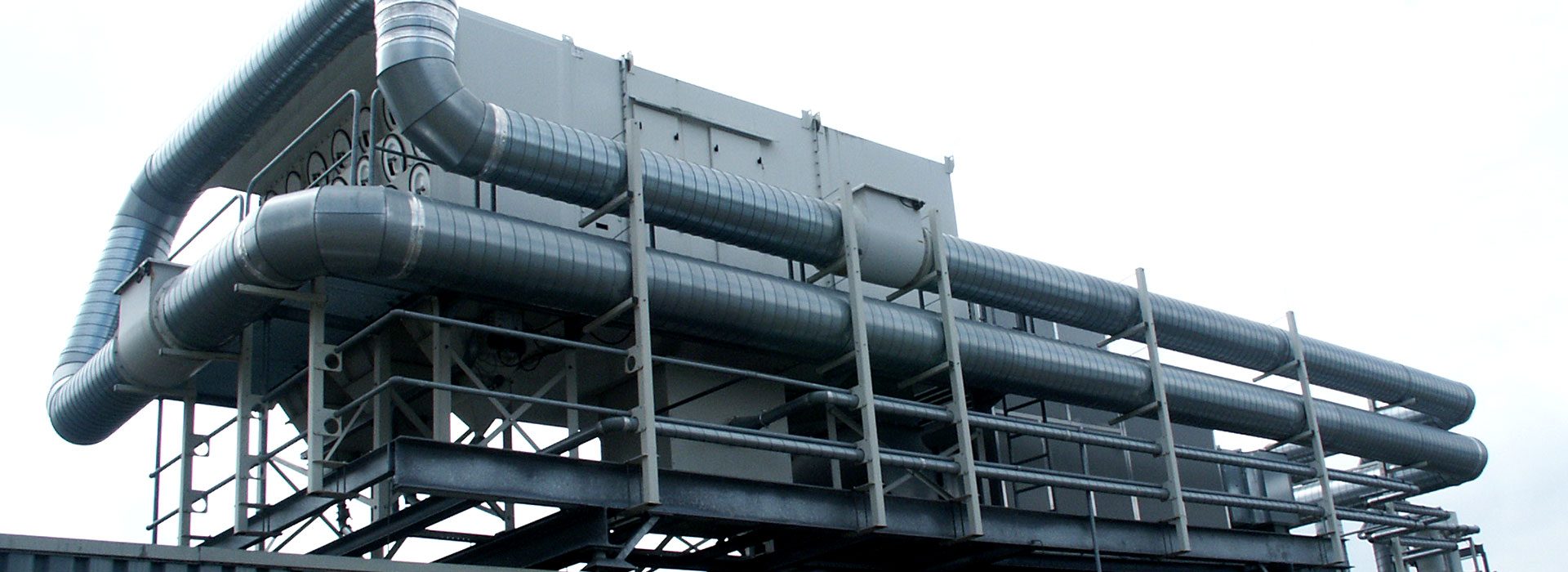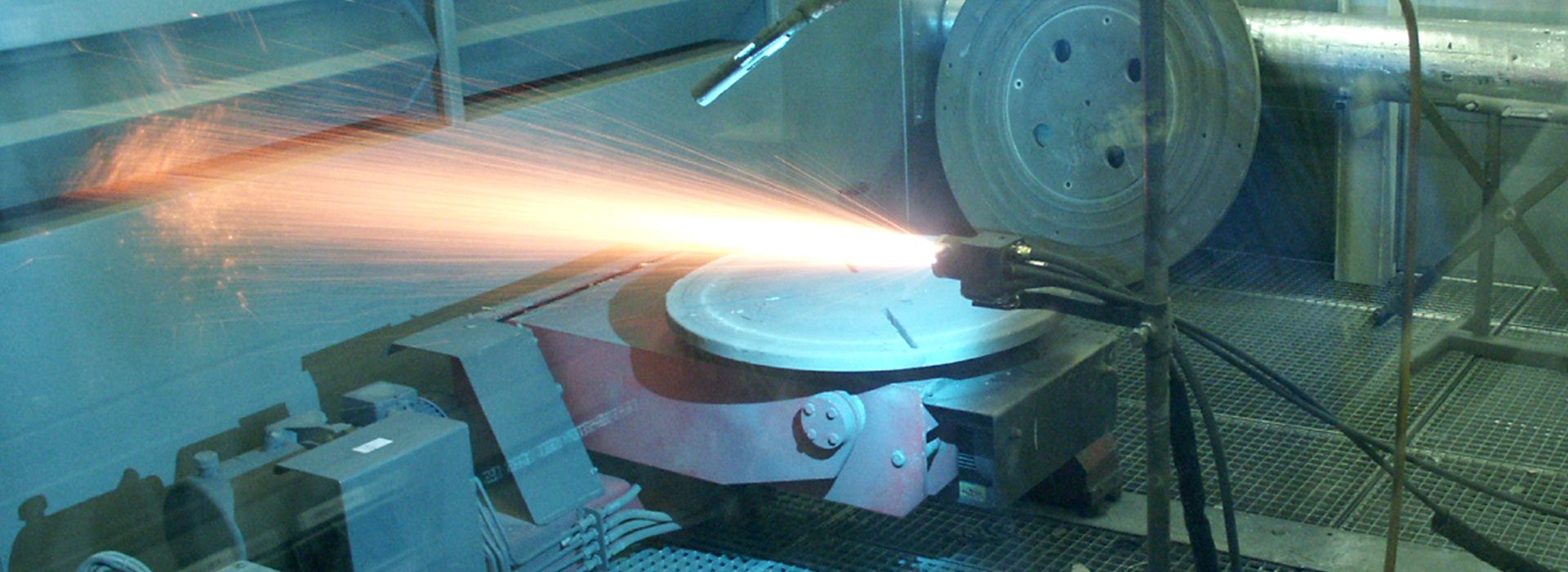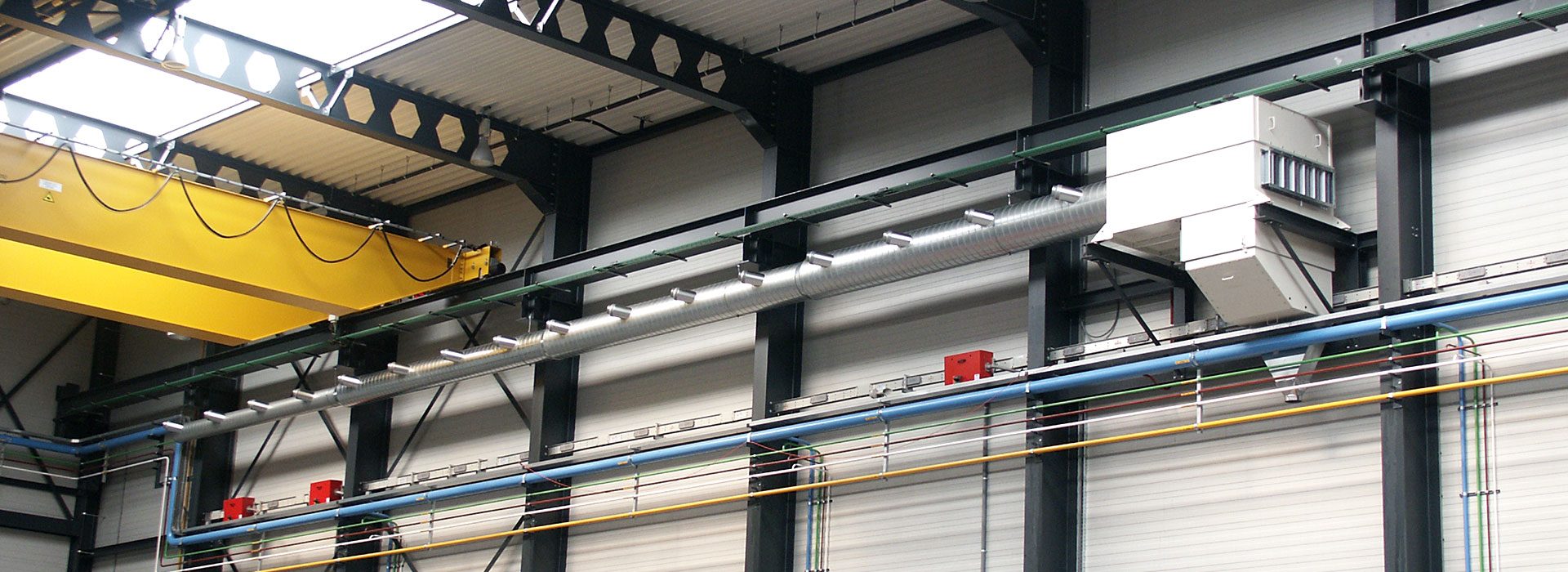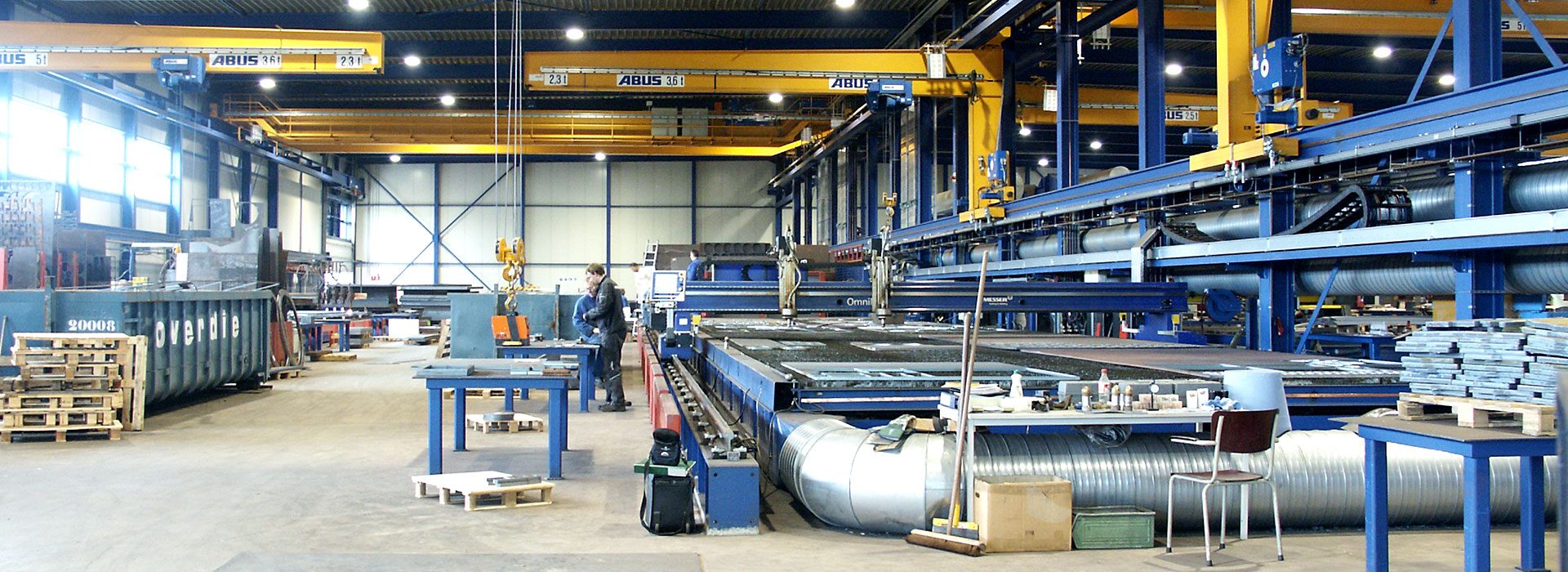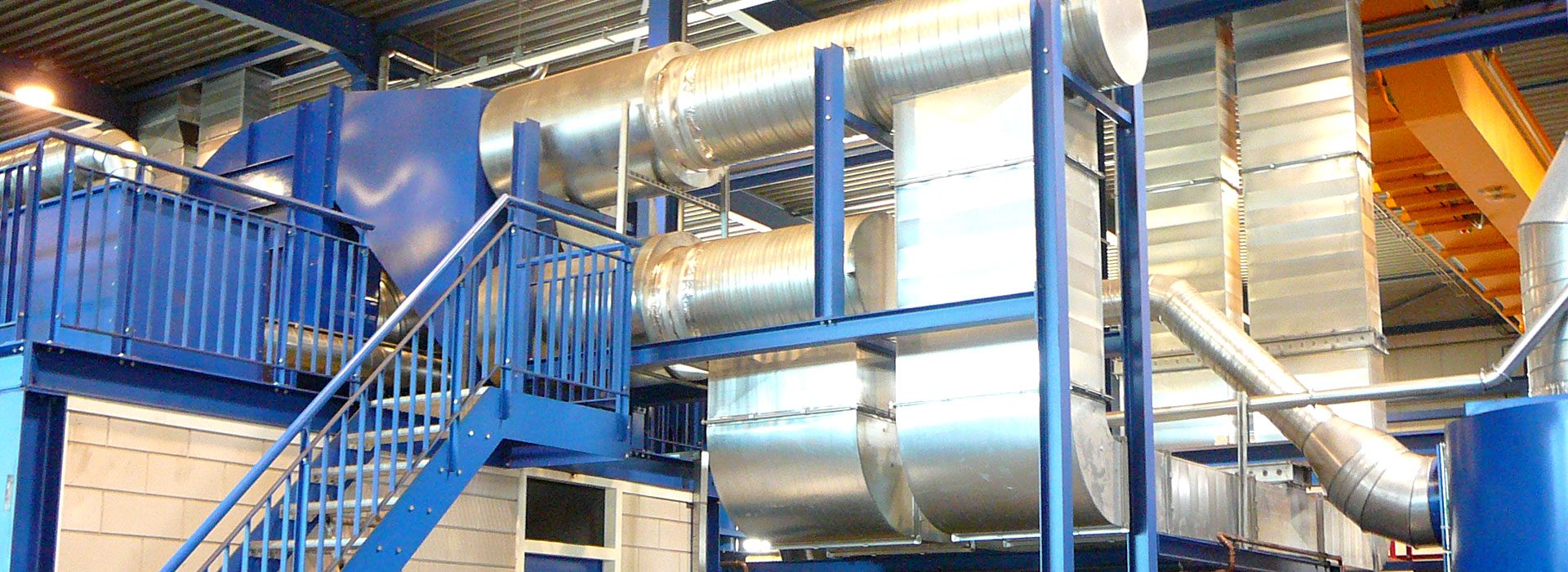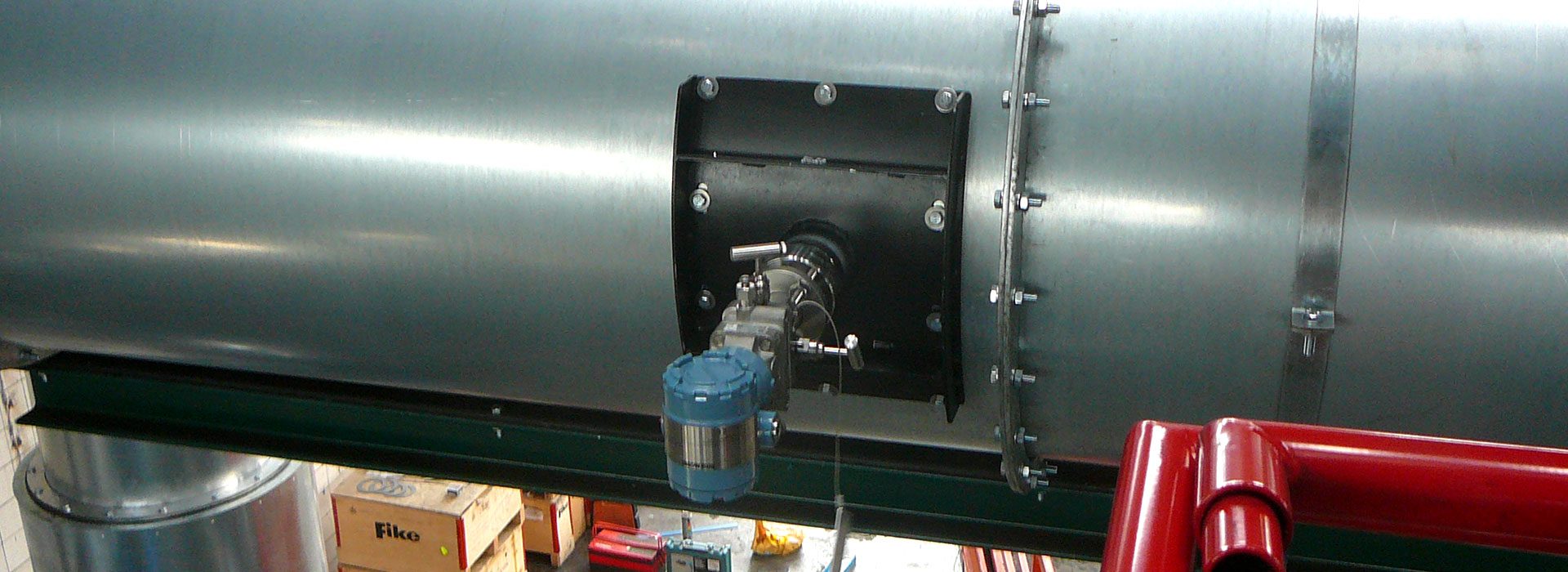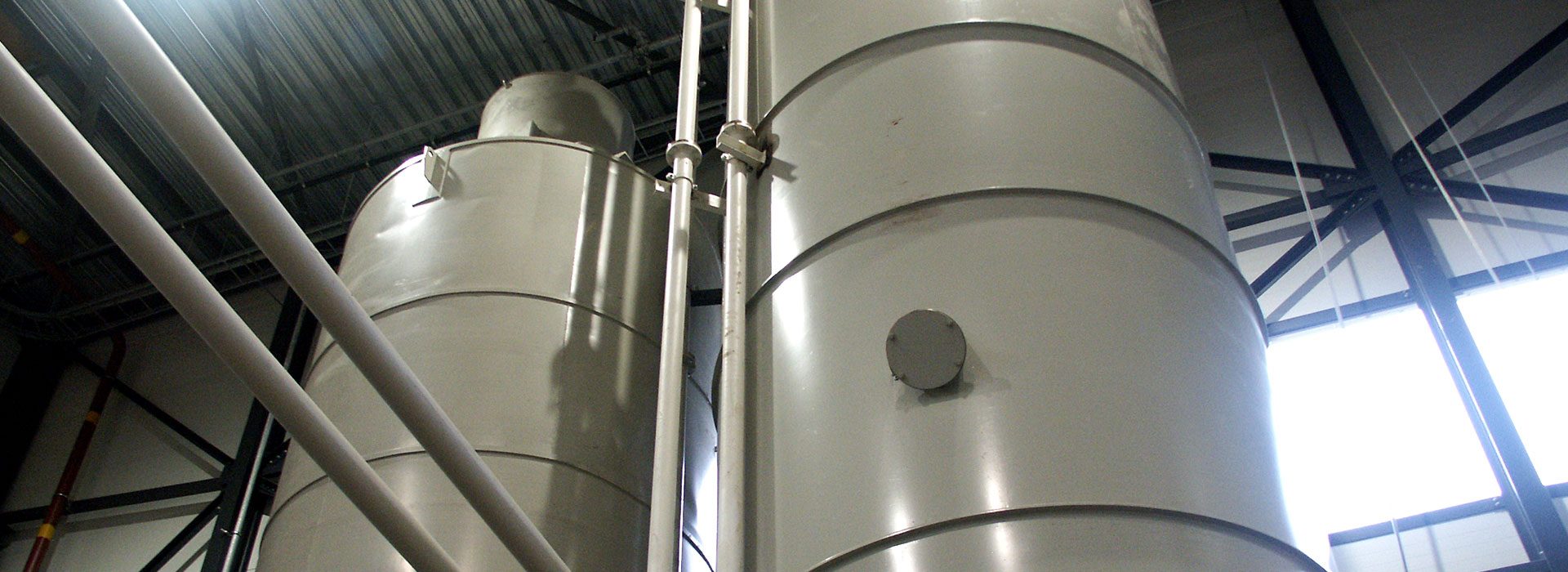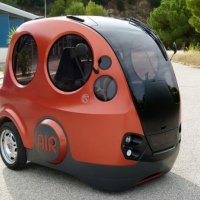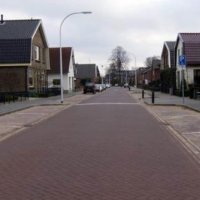As the Internet of Things grows at a rapid rate, so does my skepticism for each additional “smart” product that makes it to market. The latest gadget of questionable necessity is a new line of smart shirts that are capable of detecting dangerous pollutants in the air. The concept is a cool fusion of tech and fashion, but I’m not sure how useful the shirts will be.
The three shirts, made by Aerochromics, are each built to detect either carbon monoxide, particle pollution, or radioactivity. Basically, when the shirts find dangerous levels of pollutants in the air, they change color, displaying a bold geometric pattern and alerting the wearer.
The way the shirts work is pretty complicated. The shirt that detects particle pollution, for example, has two small sensors, one on the front and one on the back. When particle pollution is detected, the shirt activates heat pads that change the white dots to black. In the carbon monoxide-detecting shirt, contact with carbon monoxide initiates a reaction with chemicals in the shirt’s dye to turn its black stripes white.
The shirts are meant to inform wearers about the air quality in their cities, according to Aerochromics founder Nikolas Bentel. “Knowing if an urban area is safe should be public knowledge,” he says. “The shirt completely changing colors allows people around the user to also be aware of their surroundings.”
While it’s nice to know when you’re breathing poisonous air, I’m not really sure what you’re supposed to do when your Aerochromics shirt suddenly changes pattern, indicating that the room you’re in has unsafe levels of radiation or carbon monoxide. For all its focus on sounding the alarm, Aerochromics doesn’t offer any suggestion of what to do after.
Maybe that’s because the shirts began as a personal art project. Bentel was interested in exploring the future of urban living and the threat unchecked pollution poses to the environment. Once Bentel conceived of the idea for the detector shirts, however, he decided to turn them into a mass-produced consumer product, so that other people living in cities could easily see the quality of the air they breathe. “I felt that it was important to be able to sell the clothing to get the technology into the hands of real people,” says Bentel.
Ultimately, he hopes the shirts will create a dialogue surrounding the dangers of pollution in our daily lives. For those willing to shell out $500 to start that conversation, they are a great way to get the message across. For the rest of us, however, planting a tree might be the better option.
Video: https://youtu.be/QyBomZzJzPQ
Source: http://www.theverge.com/2016/7/27/12274072/aerochromics-color-pattern-changing-shirt-air-pollution
